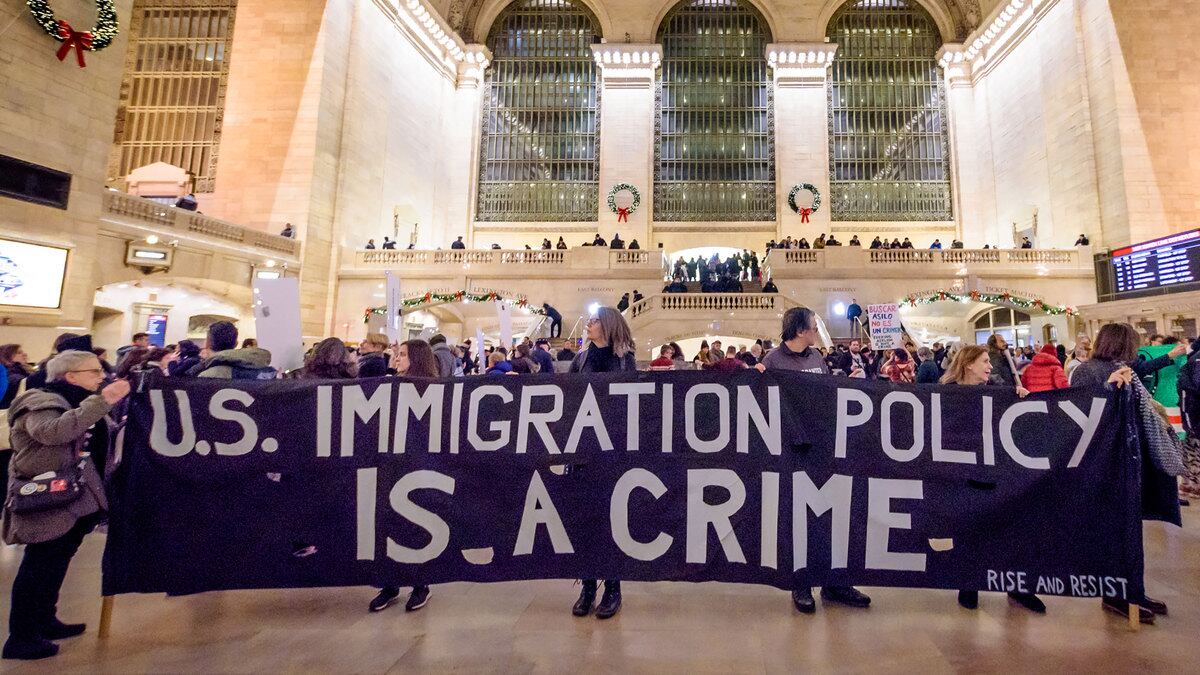Opinion
Erik McGregor/LightRocket via Getty
Inside the Mississippi ICE Jail Where Detainees Just Keep Waiting
‘NO WAY TO PRACTICE LAW’
A tale of two courts emerges from the Trump administration’s mass incarceration of immigrants in the Deep South.
opinion

Trending Now






